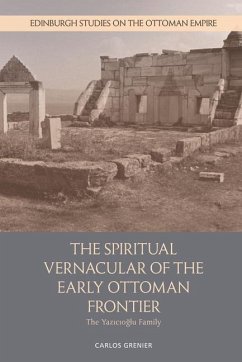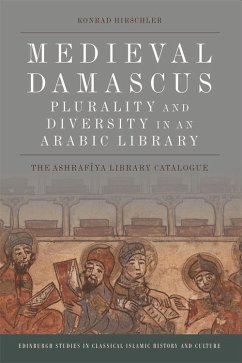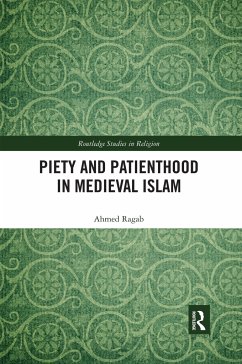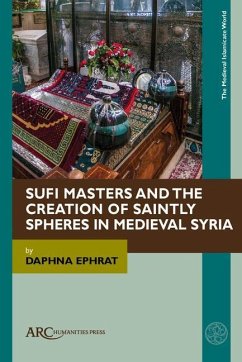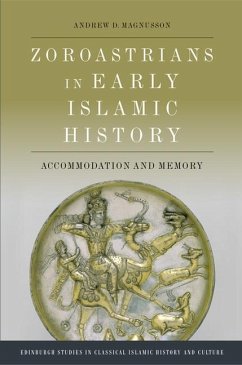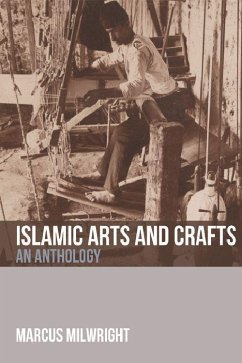Nicht lieferbar

Architecture and Landscape in Medieval Anatolia, 1100-1500
Versandkostenfrei!
Nicht lieferbar
'Medieval Anatolia comprised a complex landscape of regional, cultural, linguistic and religious variety. These essays explore a dynamic range of interactions, overlaps and exchanges, employing a rich body of art historical, literary and historical sources to cross disciplinary boundaries. They provide lively but nuanced insights that open up a connected world that is too often presented in fragmentary form.' Antony Eastmond, Courtauld Institute of Art, University of London Assesses and analyses medieval Anatolia from the perspectives of architecture, landscape and urban space Anatolia was hom...
'Medieval Anatolia comprised a complex landscape of regional, cultural, linguistic and religious variety. These essays explore a dynamic range of interactions, overlaps and exchanges, employing a rich body of art historical, literary and historical sources to cross disciplinary boundaries. They provide lively but nuanced insights that open up a connected world that is too often presented in fragmentary form.' Antony Eastmond, Courtauld Institute of Art, University of London Assesses and analyses medieval Anatolia from the perspectives of architecture, landscape and urban space Anatolia was home to a large number of polities in the medieval period. Given its location at the geographical and chronological juncture between Byzantines and the Ottomans, its story tends to be read through the Seljuk experience. This obscures the multiple experiences and spaces of Anatolia under the Byzantine empire, Turko-Muslim dynasties contemporary to the Seljuks, the Mongol Ilkhanids, and the various Beyliks of eastern and western Anatolia. This book looks beyond political structures and towards a reconsideration of the interactions between the rural and the urban; an analysis of the relationships between architecture, culture and power; and an examination of the region's multiple geographies. In order to expand historiographical perspectives it draws on a wide variety of sources (architectural, artistic, documentary and literary), including texts composed in several languages (Arabic, Armenian, Byzantine Greek, Persian and Turkish). Original in its coverage of this period from the perspective of multiple polities, religions and languages, this volume is also the first that truly embraces the cultural complexity inherent in the reality of daily life in medieval Anatolia and surrounding regions. Patricia Blessing completed her PhD in the Department of Art and Archaeology at Princeton University in 2012. She is currently Visiting Assistant Professor of Art History at Pomona College. She is author of Rebuilding Anatolia after the Mongol Conquest: Islamic Architecture in the Lands of Rūm, 1240-1330 (2014). Rachel Goshgarian is Assistant Professor of History at Lafayette College. Cover image: Van, Eastern Anatolia, Turkey (c) akg-images / Bildarchiv Steffens Cover design: [EUP logo] edinburghuniversitypress.com ISBN 978-1-4744-1129-5 Barcode




